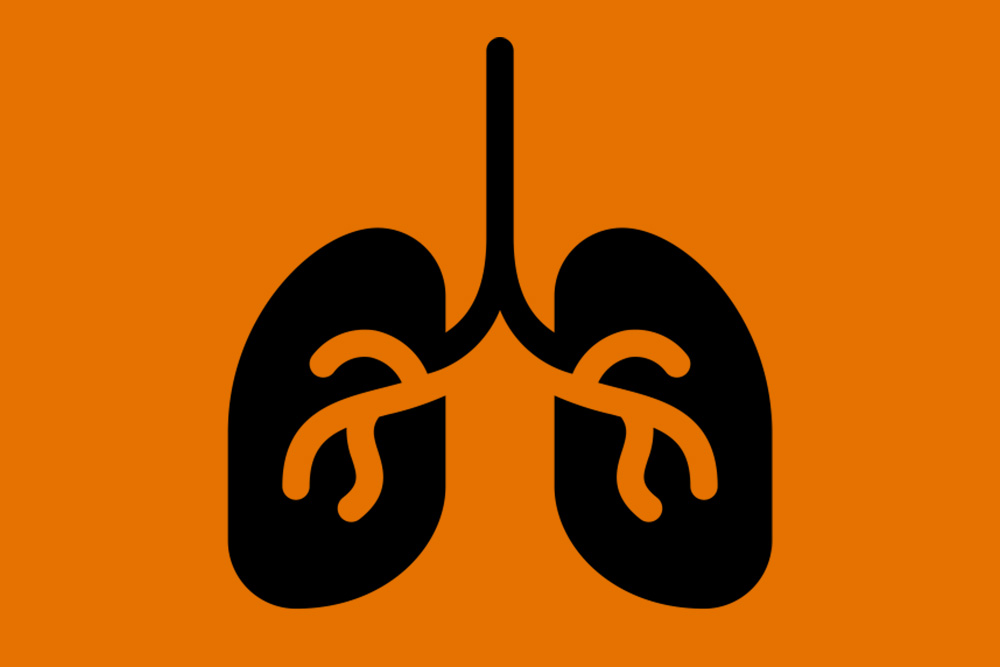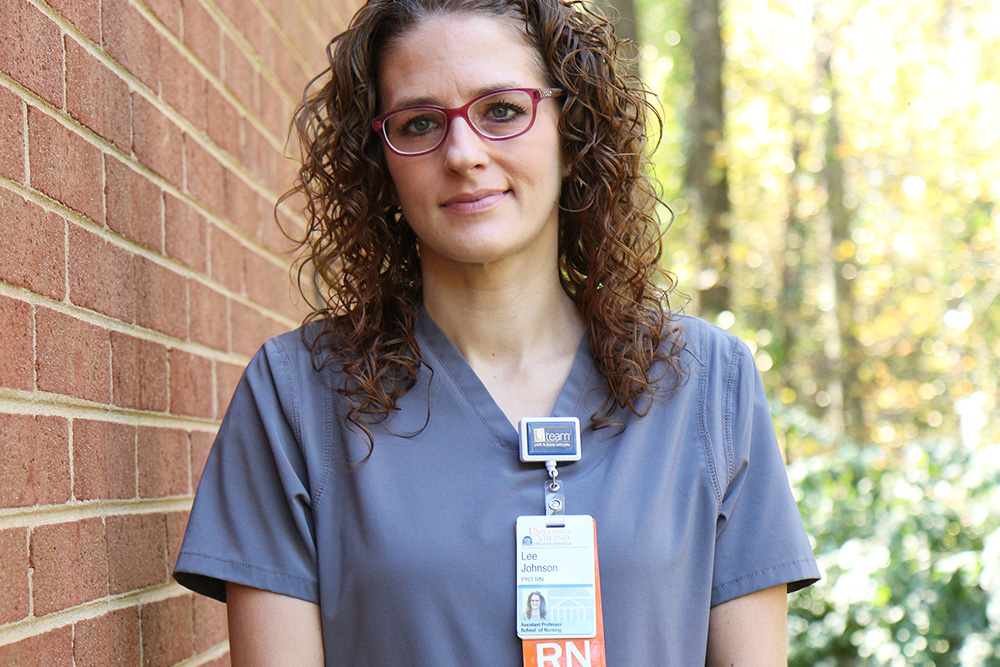Improving Lung Cancer Patients’ Lives ‘In the Time They Have Left’

If lung cancer had a geography, it’d be in the country’s heartland: Appalachia, the southern Great Plains, and the upper South. But heart disease, diabetes, COPD, and obesity overlap in these same locales, too, making it clear that many at risk of dying from the nation’s No. 1 cancer killer often concurrently suffer from comorbidities that lessen the quality of life they have left.
Johnson found that while patients with lung cancer who have three or more comorbidities were more likely to have multiple people they considered to be their “personal doctor or healthcare provider,” these same patients were less likely to be able to get and pay for care they needed. “More doctors in this case very clearly did not mean a greater access to care," she said.
Lee Ann Johnson, assistant professor and nurse scientist
Lee Ann Johnson—an assistant professor of nursing who studies the factors that influence how and whether patients with lung cancer get the pain and symptom relief that palliative care provides—knows well the impact that shame and stigma can exert. She watched her mother, a never smoker, and her grandfather both die of the disease often awash in pain and reticent to seek the relief palliative care could bring.
A lung cancer diagnosis “stirs people’s shame,” said Johnson, “and may prevent them from accessing pain and symptom-relieving palliative and end-of-life care, even when they desperately need it. And given that advanced lung cancer is almost always terminal—fewer than one in ten people is alive five years after being diagnosed—it’s critical to examine factors that may influence and contribute to the quality of life they have left.”

150,000+
Americans die of lung cancer each year (CDC.gov)
With grants from UVA’s ITHRIV and its Center for Public Health, Johnson is examining the impact that lung cancer patients’ comorbidities exert on their quality of life. In a new analysis, she used data from the Behavioral Risk Factor Surveillance System (BRFSS) to analyze data for 579 patients with lung cancer about what comorbidities they have, and how those conditions—heart disease, obesity, diabetes, and COPD—influenced their care, care access, and quality of life.
Of the 579 lung cancer patients with lung cancer, 10 percent (56) had no comorbidities; 56 percent (324) had one or two comorbidities; and 34 percent (199) had three or more.
 read SHAME AND PAIN: Lung Cancer's Stigma Exerts Psychic and Physical Toll
read SHAME AND PAIN: Lung Cancer's Stigma Exerts Psychic and Physical Toll
Johnson found that while patients with lung cancer who have three or more comorbidities were more likely to have multiple people they considered to be their “personal doctor or healthcare provider,” these same patients were less likely to be able to get and pay for care they needed.
“More doctors in this case very clearly did not mean a greater access to care,” she said. “These factors also raise questions about the models of care we offer, and whether more specialists and providers can actually be detrimental to lung cancer patients.”
Johnson said her findings may also point to a needed shift in care models, and the possibilities that lung cancer patients may be best served under an oncologist and just one other specialist, such as a palliative care nurse practitioner or physician.
“If we know that lung cancer patients with complex comorbidities are, on average, less likely to get symptom- and pain-relief due to the stigma associated with the diagnosis,” she said, “we clinicians need to be more intentional in our efforts to link them to palliative care specialists.”
“These patients don’t have long to live,” she added, “and the collective ‘we’—their loved ones, nurses, and other care providers—need to make sure that they’re getting exactly what it is they need.”
November is Lung Cancer Awareness Month and Hospice and Palliative Care Month. Lung cancer is the country’s third most common cancer (behind skin and breast cancer among women), it kills by far more Americans than any other type of cancer, or about 150,000 people each year.
###
